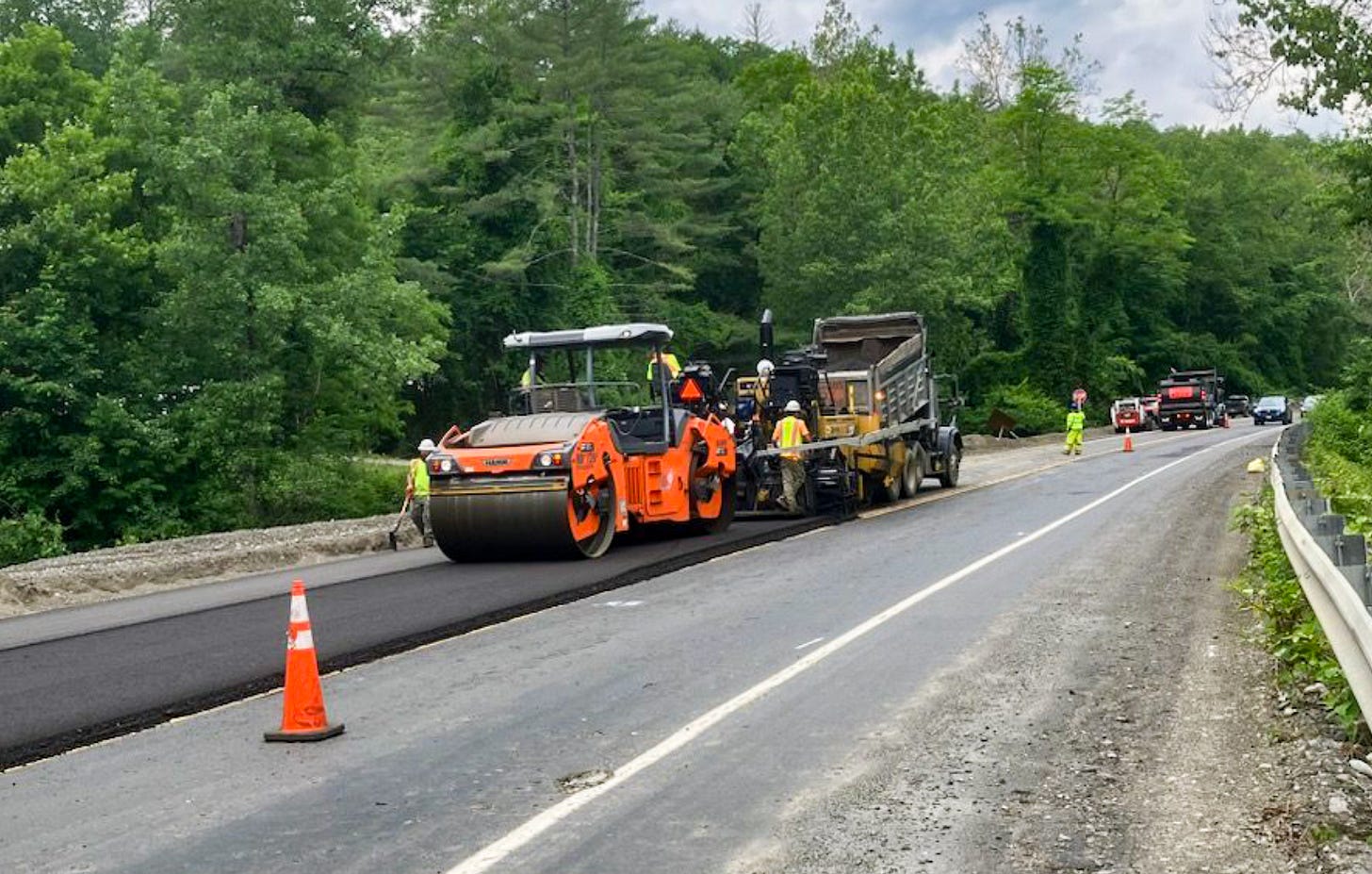Vermont’s Work-Zone Speed Cameras Are Stuck in Neutral. Here’s the Fix That Other States Use.
The current law is structured on the premise that sworn police must handle every step of the camera ticket, from review to issuance, which is not a federal law.
What Stalled the Program — and Why It Matters
Vermont’s pilot program to use speed cameras in highway work zones is delayed, even as flaggers and road crews report riskier driving since the pandemic. According to reporting by VTDigger (Shaun Robinson, Sept. 9, 2025), the law the governor signed authorizes automated enforcement but says a “law enforcement officer” must issue citations and does not assign that task to any specific agency. The report also states the Scott administration has said enforcement would fall to the Vermont State Police, which remain short-staffed.
AP News coverage has echoed those points: the pilot, slated to begin this summer, has been pushed back because the State Police say they don’t have troopers to review and issue tickets, given vacancies and other priorities.
While Vermont passed a law to protect workers, the administrative plan to implement it remains stalled.
The Administrative Framework at the Heart of the Delay
The current law is structured on the premise that sworn police must handle every step of the camera ticket, from review to issuance. This model differs from how many successful programs are built elsewhere.
Across the country, automated work-zone enforcement is routinely structured as a civil process — more like a parking ticket than a moving violation — with administrative review and adjudication that does not require an officer to appear for each citation. That’s how New York’s statewide work-zone camera program works: violations generate a Notice of Liability mailed to the vehicle’s owner, supported by equipment self-checks and certification protocols; contests are handled administratively, not as criminal prosecutions.
Federal guidance recognizes these systems as proven safety countermeasures when designed with strong notice, calibration, and due-process pathways.
How Other States Handle Enforcement
New York (statewide work-zones):
Civil notice goes to the registered owner; no driver points.
Devices must pass daily self-checks; agencies keep calibration and maintenance records; drivers can contest by mail/online.
Illinois (Chicago model):
State law authorizes administrative adjudication for automated speed violations; a certified evidence packet is prima facie proof.
Contests go to a hearing officer; judicial review is available later.
Maryland (work-zones & local programs):
Citations can be verified by a police officer or an authorized civilian representative; owners may contest in District Court or seek informal review.
Common threads: These programs classify the violation as civil, rely on authenticated machine evidence, and route disputes through administrative or civil-court channels. None depends on day-to-day trooper bandwidth to review every image and issue every citation.
Potential Solutions for Vermont
Recasting the offense as a civil infraction. Making work-zone camera violations non-moving, civil penalties with no license points or insurance impacts would remove the Sixth Amendment “confrontation” issue and align the process with administrative hearings, not criminal court. (This is how NY and IL do it.)
Creating an administrative adjudication path. The Agency of Transportation or Department of Finance & Management (or the Judicial Bureau) could be authorized to run administrative hearings for contested notices, with appeals into the existing civil-review track — again, mirroring NY/IL practice.
Codifying evidence and equipment standards. Requiring annual independent calibration, periodic system self-tests, chain-of-custody documentation, and clear image-quality rules would allow the evidence packet to be self-authenticating as prima facie proof. (These are standard in NY/IL and recommended in federal guidance.)
Guaranteeing accessible contest options. Offer mail/online contests and an owner “transfer-of-liability” affidavit (stolen car, sold vehicle, or named driver), plus a warning period when new cameras go live.
Ensuring clear public notice. Posting prominent signs before every enforced work zone and publishing camera locations and an annual safety report are standard transparency steps that build public trust and withstand challenges.
Separating safety from revenue. Barring vendor contracts that pay per ticket and keeping final issuance authority with the state avoids “cash-grab” optics and legal exposure. (This is a best practice seen in large programs.)
Potential Outcomes for Vermont
Unclogging the enforcement bottleneck: Administrative review removes the day-to-day dependency on scarce troopers while preserving a clear appeal path.
Focusing on safety, not punishment: Civil fines deter speeding in active work zones without long-term record or insurance consequences — consistent with how New York frames its program.
Following an evidence-based model: National highway-safety guidance calls speed-safety cameras a viable countermeasure when paired with signage, calibration, and fair contest procedures.
Next Steps
The situation presents a choice between maintaining the current enforcement structure or modernizing the process. One path is to handle camera-documented violations as civil, administrative matters—similar to neighboring states and other large jurisdictions—while the other is to keep a structure that has led to implementation delays.
Implementing such changes could provide road crews the protection intended by the original law.



